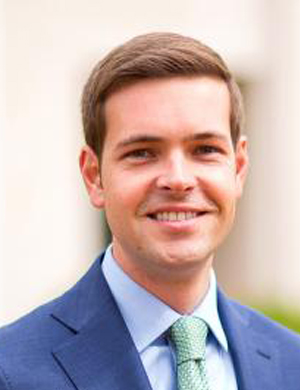Joe Fore
ABSTRACT: As advisors, lawyers frequently use their professional judgment to predict the likelihood of various outcomes for their clients. But because many legal questions can’t be answered with a definitive “yes” or “no,” legal writing guides routinely encourage lawyers to use qualitative probability expressions—words like “unlikely,” “likely,” “probably,” or “almost certainly”—to qualify their predictions.
While they are commonly used, these probability expressions suffer from a fundamental problem: they don’t have generally accepted meanings. When a lawyer uses the word “likely,” does it mean the same thing as “more likely than not”? Does “unlikely” mean 49% probability? 33%? 20%? This ambiguity creates a serious risk that the lawyer making a prediction and the client receiving it will interpret the prediction very differently — which could have grave consequences. The uses and meanings of probability expressions have received considerable attention in other professional fields like climate science, medicine, and national intelligence. But these issues have received little—if any—scholarly examination in the context of delivering predictive legal analysis to clients.
This Article seeks to fill this gap in the legal writing scholarship. Drawing on previous social science research and experiences from other disciplines, this Article provides background on communicating uncertainty, including the use of both quantitative and qualitative probability expressions, as well as the use of specialized lexicons that quantify and standardize the meanings of probability expressions. The Article then examines several specific fields—both legal and non-legal—that have attempted to create defined probability lexicons to reduce ambiguity in communicating uncertainty. Ultimately, the Article offers a proposed probability lexicon for general, predictive legal writing, while also calling for further discussion and empirical study to determine how lawyers and clients interpret commonly used probability expressions.


